The Hubble Space
Telescope
Vocabulary
Read the vocabulary terms to understand the reading better.
Aperture
An aperture is an adjustable opening in a camera or telescope that limits the amount of light that enters a lens or shines onto a mirror.
Astronomer
An astronomer is a scientist who studies the stars, planets, and other space objects, and their movement, size, position in space, and what they are made of.
Galaxies
Galaxies are large collections of stars, gases, and space dust.
Nebula
A nebula is a collection of dust and gas among the stars that reflects or absorbs the light of the stars around it and is spread out to form a thin wispy cloud in space.
Radio Waves
Radio waves are waves of energy transmitted by an antenna and picked up by a radio receiver.
Universe
The universe is all the planets, moons, stars, and other space objects, and everything that happens in space.
There are quite a few telescopes in space, but none is more famous than the Hubble Space Telescope. It has beamed back to Earth an incredible amount of information about the other planets in our solar system, as well as data about stars and galaxies.
Edwin P. Hubble was an astronomer—a scientist who studies stars, planets, and galaxies. He made important discoveries about the universe in the early 1900s. The telescope named after him was launched by the Space Shuttle Discovery on April 24, 1990. The Hubble Space Telescope is about the size of a large school bus, and it weighs approximately 11 tonnes, or as much as two elephants.
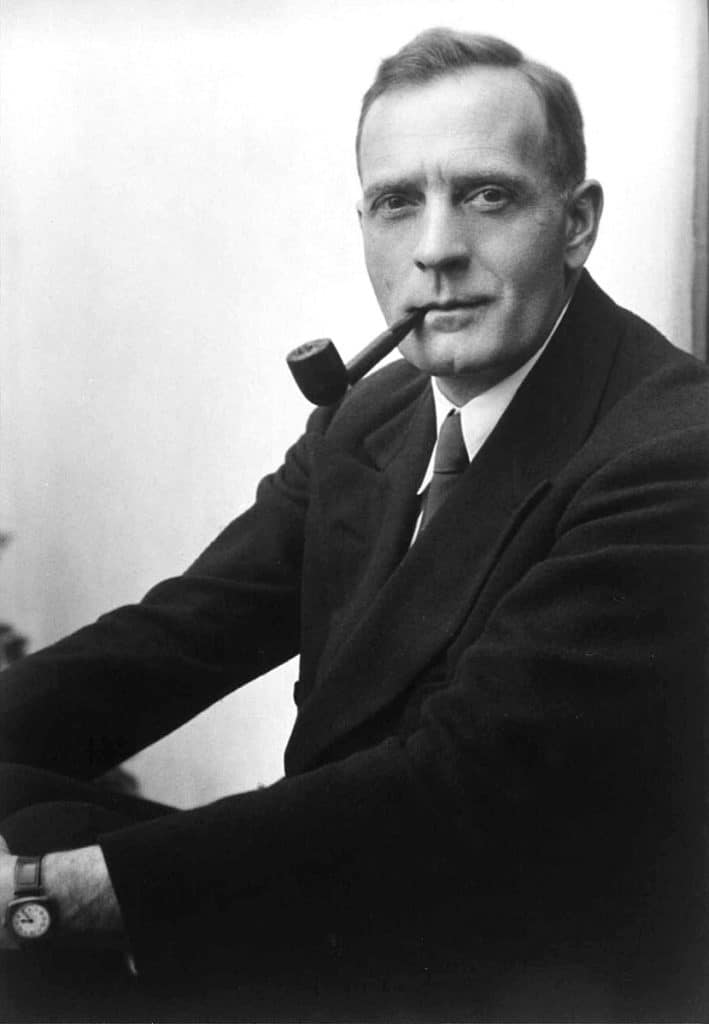
Beyond Earth’s Atmosphere
Space telescopes like Hubble are very important because they provide scientists with high-quality images that cannot be taken from Earth. Our planet’s atmosphere prevents telescopes on Earth from taking clear and detailed photos of distant objects in space. Space telescopes are outside Earth’s atmosphere, so they can capture images that are much clearer. Astronomers can learn much more from photos taken in space.
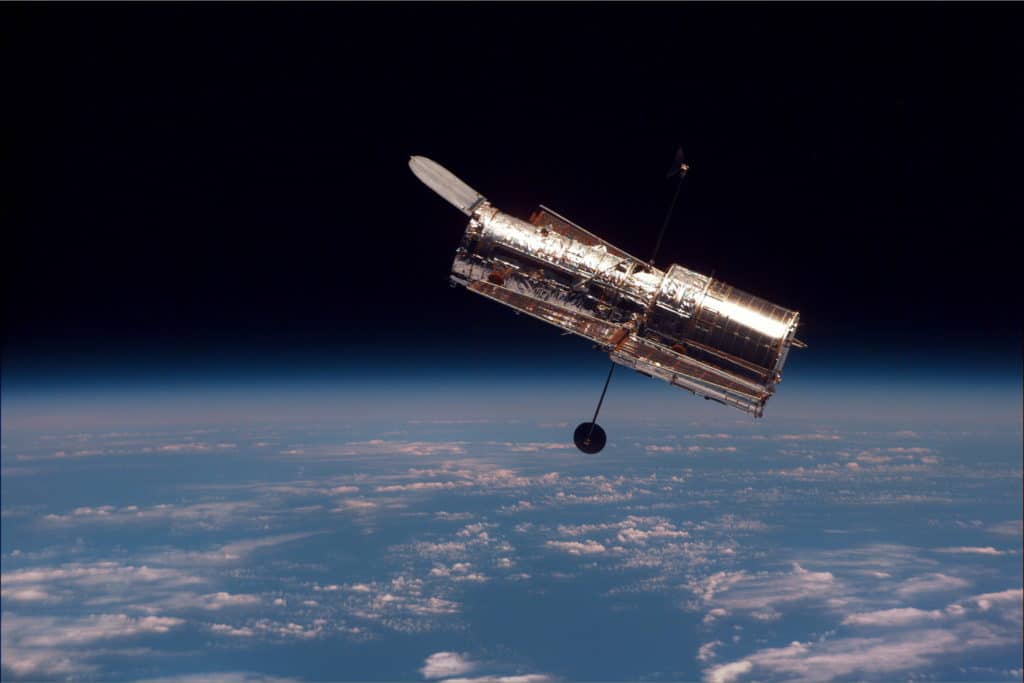
Hubble’s First Photos
Hubble runs on power provided by two large solar panels. To create images, Hubble uses a digital camera, which takes photos the same way a cell phone does. Using radio waves, the telescope sends images back to Earth.
If a camera is not held very still when taking a picture, the photo comes out blurry.
Hubble has technology that helps it “lock on” to a star, keeping the telescope steady while it is creating an image. Scientists waited eagerly for Hubble to send back its first photos. They wondered what they might learn from crisp, clear photos taken in space. When the images finally came, scientists were disappointed. The photos were blurry!
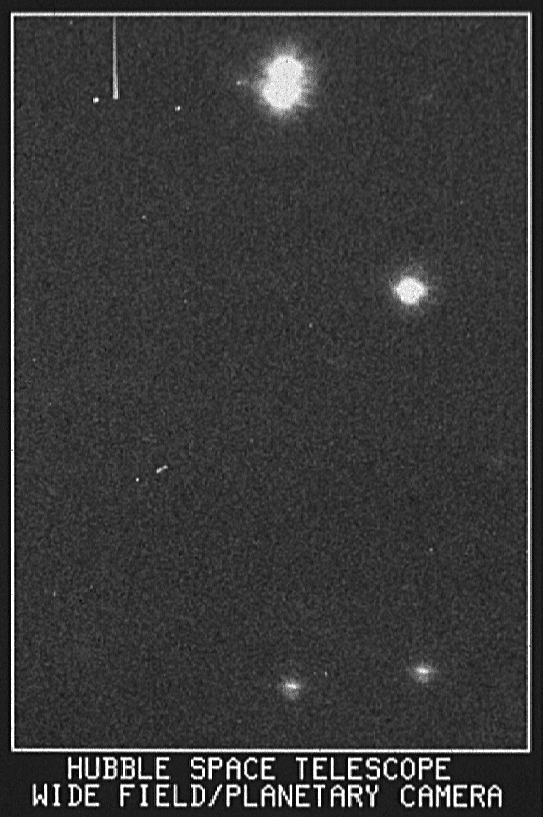
Problem Solved
Since Hubble was taking photos outside Earth’s atmosphere, and it had technology to keep the telescope steady while it created images, why were the images blurry? Hubble has two mirrors that it uses to capture images. Scientists figured out that the photos were blurry because of a problem with one of the mirrors. But how could they fix the problem when Hubble was orbiting Earth?
Luckily, Hubble was designed to be serviced by astronauts. In 1993, astronauts were sent on a mission to correct the problem with the mirror. The mission was a success. Since then, four more space shuttle missions have repaired, replaced, and upgraded Hubble’s systems.
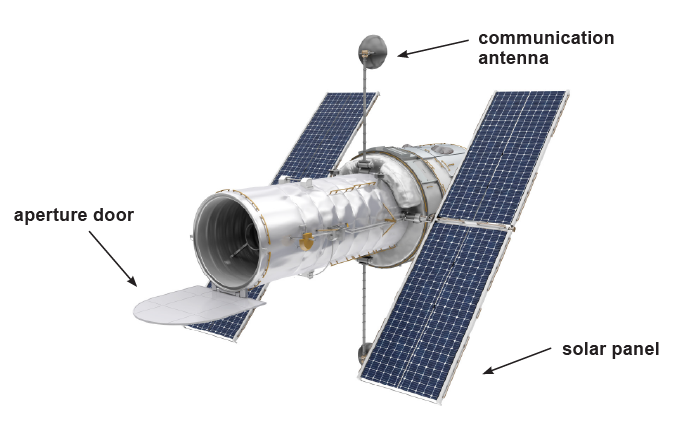
The aperture door can close to prevent light from the Sun from damaging the telescope. Hubble’s mirrors are located inside the telescope.
Scientific Breakthroughs
The information that Hubble has beamed back to Earth over the years has led to many scientific breakthroughs. Scientists know that the universe is constantly expanding, but data from Hubble has allowed them to calculate how fast it is expanding. Hubble has also helped astronomers estimate that the universe is 13 to 14 billion years old.
From Hubble, we have learned that there are moons circling Pluto. Astronomers had never seen them before. Images Hubble sent back also helped scientists understand how galaxies and planets form. However, there are some things Hubble cannot do. For example, it does not observe the Sun because the extremely bright light from this star might damage the telescope’s sensitive equipment.
Hubble was originally planned to continue operating only until 2014. Now scientists say it may last until 2030 or 2040. What new discoveries will scientists make, thanks to the Hubble Space Telescope?
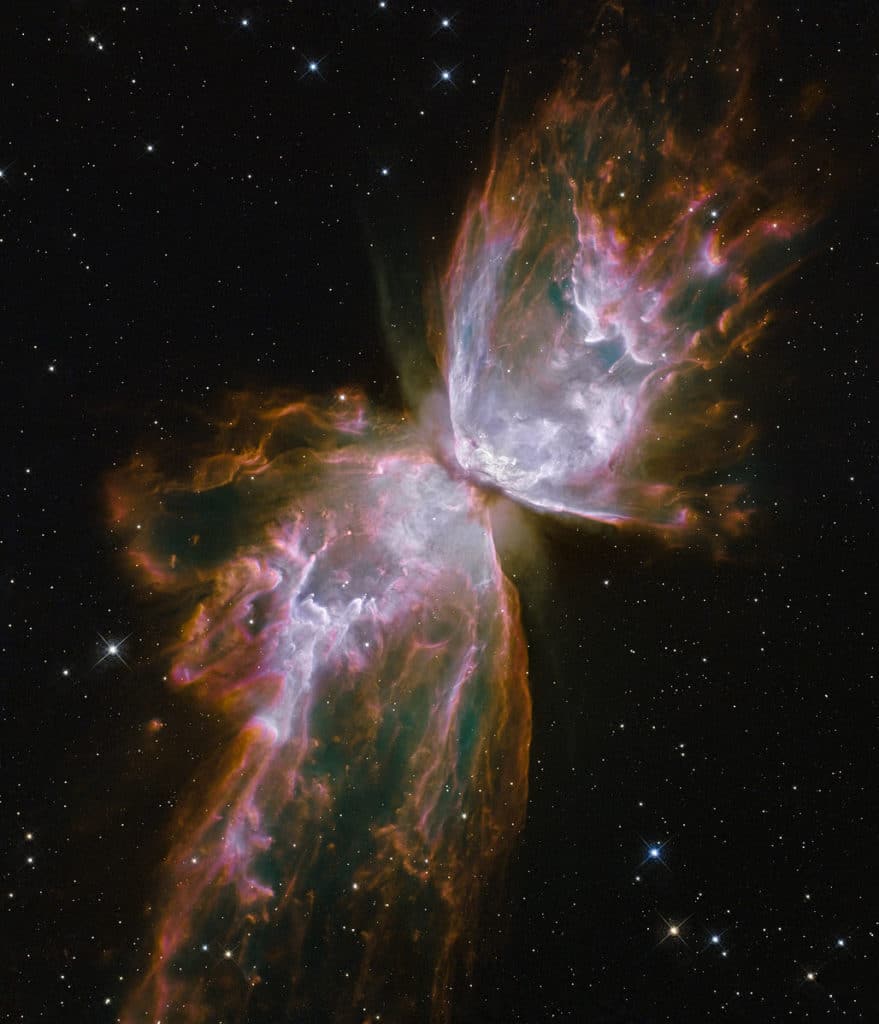
To learn more about the Hubble Space Telescope, watch the video by Star Walk on YouTube.
Show What You Know!
Complete some questions about the reading selection by clicking “Begin Questions” below.









